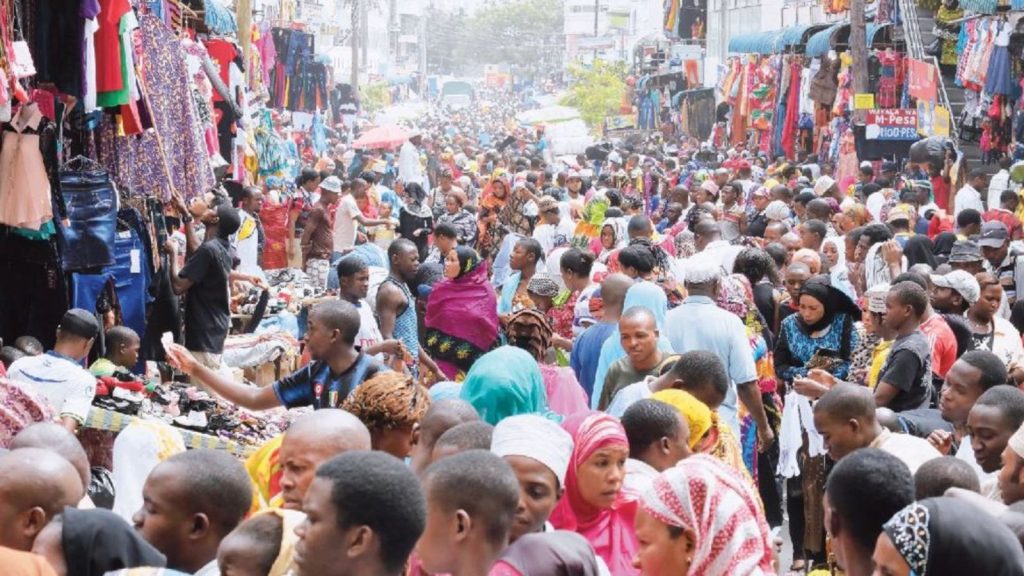Dar es Salaam city is estimated to host at least 1,000 newcomers daily, causing pressure on structural and social-ecological carrying capacity. If not managed, these stresses will likely escalate to a significant threat to human and ecological impacts and ongoing climate changes. It is worth noting that population growth is an asset to any economy when managed well.
China and Idina are vivid examples of thrilling economic powerhouses at a global scale. Among others, its population size provides leverage nonetheless. How is Tanzania set to tap these advantages embedded in the booming population, with about 70% of youth under 30? This is a discussion of another day. Now, we shall shed some light from another angle, although the aspect of the exploding population is worth discussing.
On the other hand, environmental disasters are escalating and are directly connected to human beings. Human activities include construction, mining, agriculture, infrastructure development and other economic activities. Although some are necessary undertakings, they are also causing several other damages.
Balancing equations between the pros and cons of such undertaking remains a matter of experts, planners, and community choice. However, there is a price to be paid by either option undertaken.
In recent years, floods and infrastructure destructions have been observed in Dar es Salaam due to erratic downpours indicating overloaded capacity. The pressure causes encroachment to open spaces and surpasses the planning concept for urban ecology. The spaces have been altered to build up the environment, disregarding its many benefits. Without overemphasizing, these open spaces provide air purification, excising space and leisure-walking area, biodiversity, and beautifying the city.
While there is an increasing number of green spaces in most metropolitan cities, the user numbers are declining for various reasons. For example, in Hong Kong, frequent park users are declining due to limited time available, personal reasons, and the ageing population; nevertheless, people demand more green spaces.
The same trend is recorded in most developed country’s preeminent metropolitan cities. The distribution and usability of these spaces are influenced by transportation systems, social groups, policies, security, and associated facility designs. Using spaces as ‘active living‘ style plays a significant role in most open spaces. Despite all that, none is reflected in Dar es Salaam city, which continues to experience a growing population and urban sprawling.
In Dar es Salaam, the only few remaining open spaces are neither green nor attractive and general worthiness is barely tangible. The built environment should be supported by green spaces, which affect ecological connectivity and attractiveness.
With an exceptional botanical garden, Gymkhana Club, and University of Dar es Salaam areas, which are biodiversity-rich, most other open spaces remain underdeveloped. The authorities are called to re-design and re-think Dar es Salaam urban open spaces to contribute to ecological, social, economic, and ornamental worthiness.
Although recently, the government of Tanzania has acquired funding for developing the mighty Msimbazi basin, this will boost the city plan and lively eco-environment to a great extent. We expect the plan to enhance liveability and attract more people, including urban tourism.
Besides, the urban parks and gardens will increase the biodiversity of plants and animals, especially avian species, which are good indicators of a healthy environment. The environmentally friendly activities such as bird watching inventory of plants and animals will highly benefit urban tourism and eventually improve economic growth.
Buying examples from Kenya as a very relevant example which can fit exactly to our case, they have successfully managed to have at least several open spaces and parks in the capital city, Nairobi. These areas in Nairobi and other menaces associated with the regions are a potential basis for healthy and ecological urban. The high population in the city can also enjoy a short rest in a day and connect to nature briefly. This is also an urban design and population mobility concept that can help crowd management in built-up areas by offsetting into open spaces.
Urban parks and open spaces provide clean air and a refreshing homestead. The overcrowded and unplanned settlement hiders clean and clear breathing airflow. Through these open spaces and urban parks, the lungs of the suburbs will be provided and enhance clean air. The spatial and temporal design under the expected project will bring forth the anticipated urban ecological improvement.
This analysis will give you more insights on Rapid Urbanization: How Tanzania’s Cities Shape its Economic Destiny.

